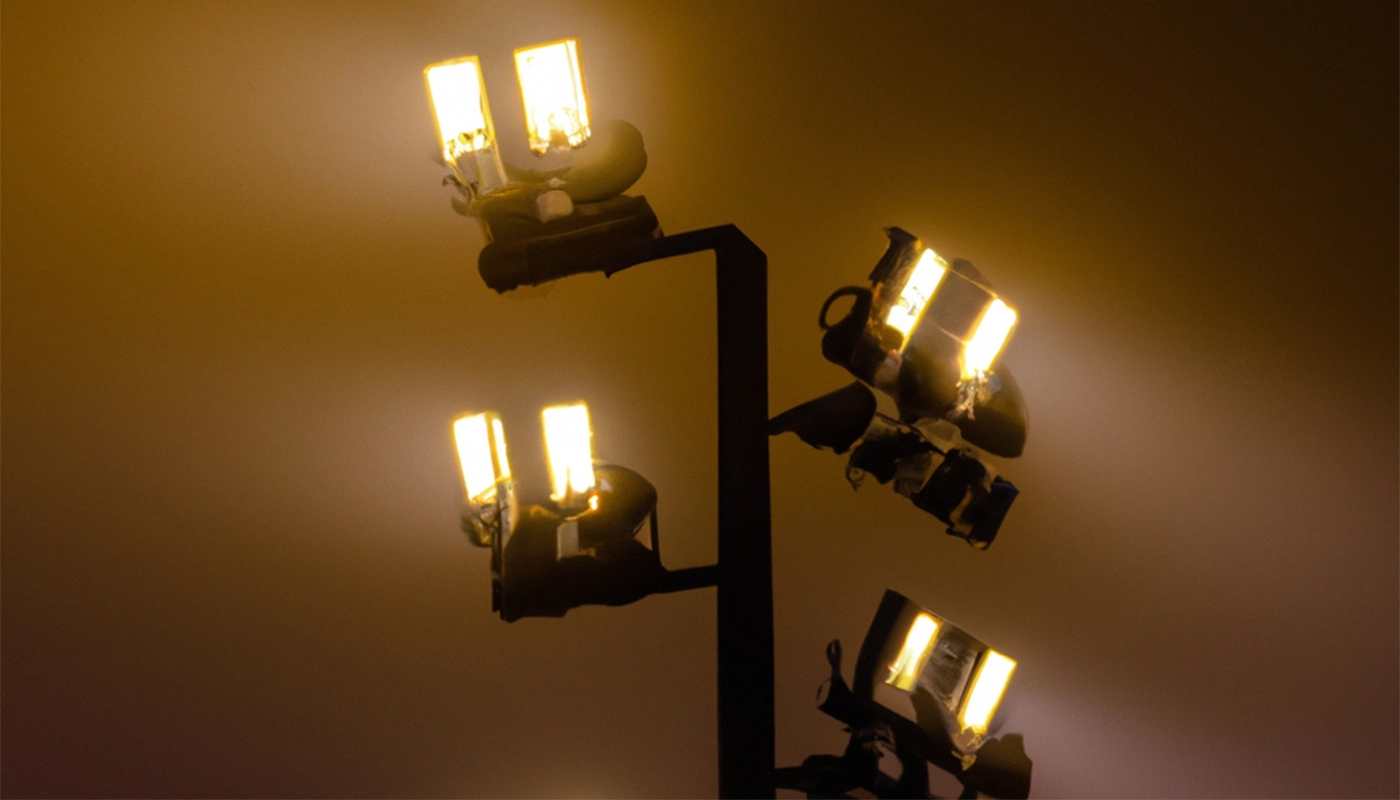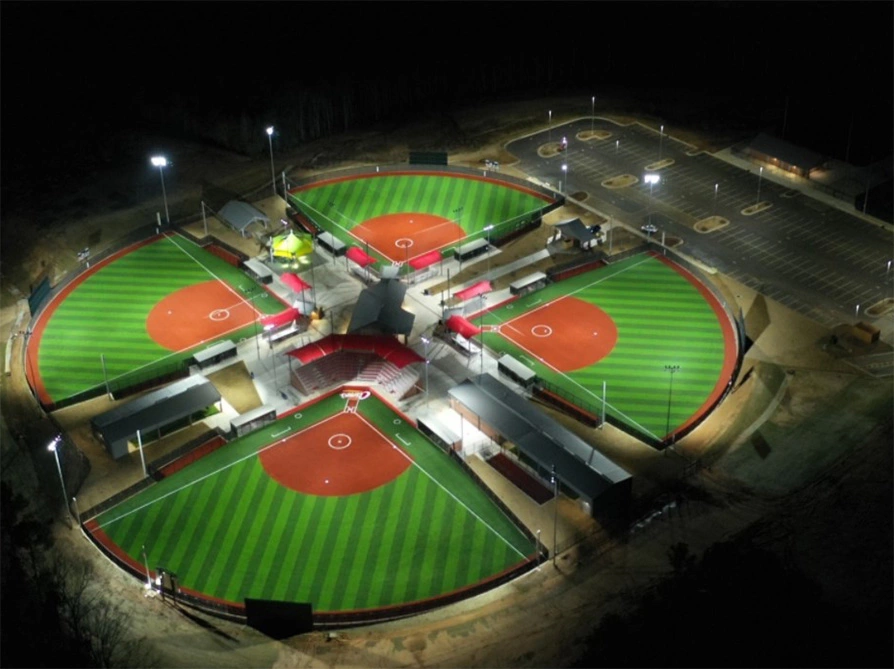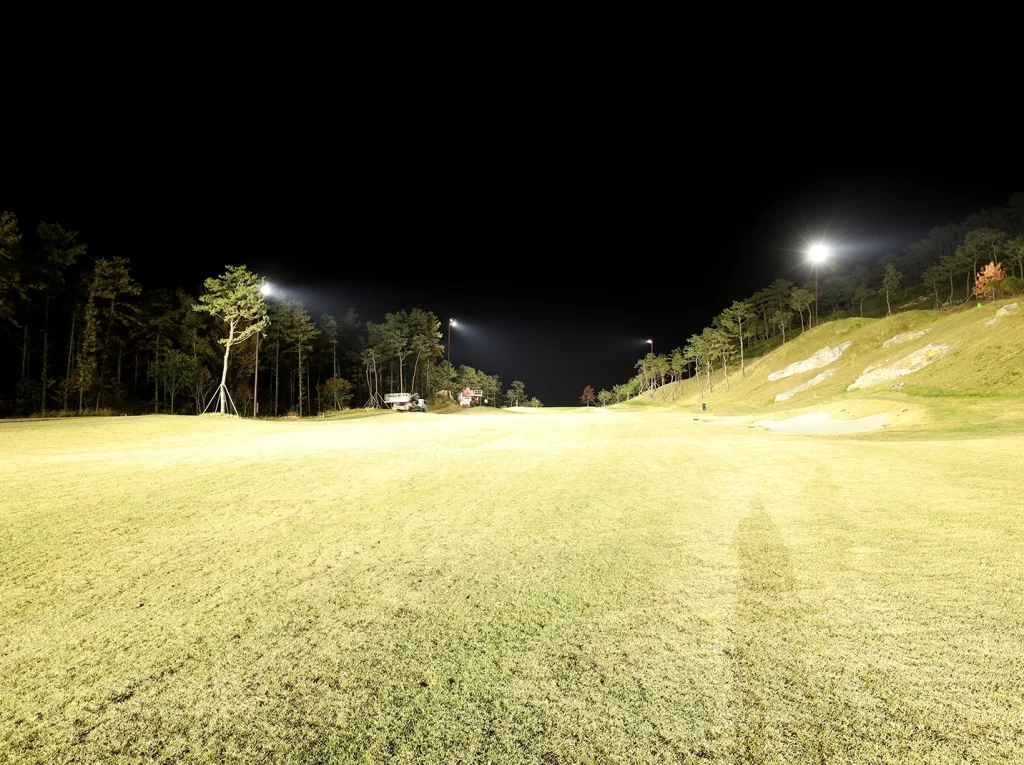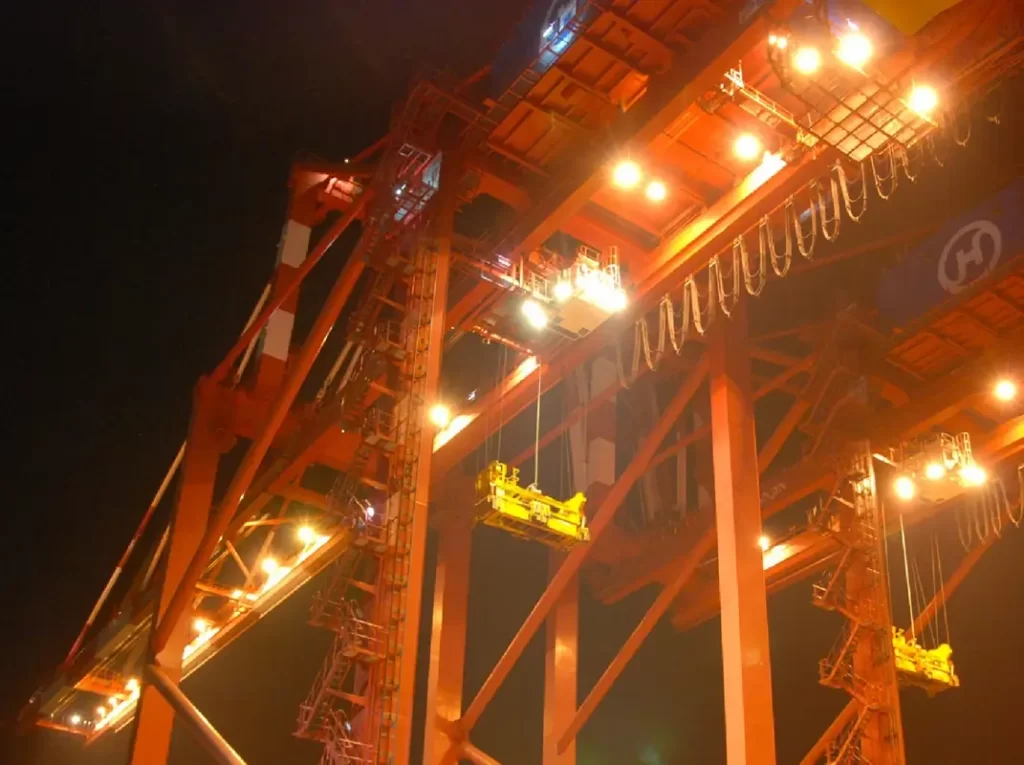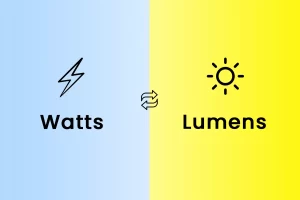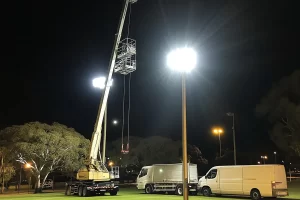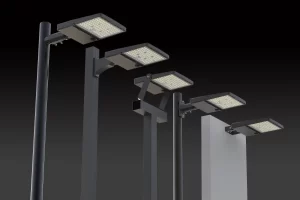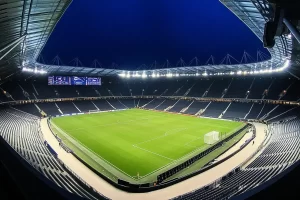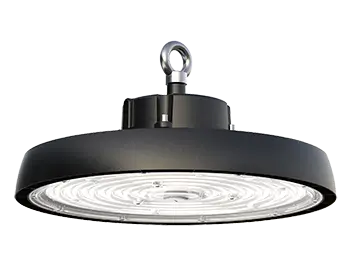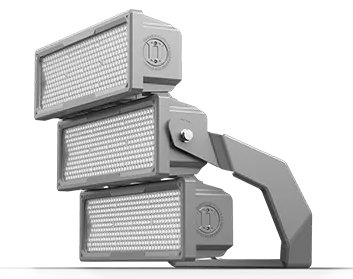The glow of stadium lights has been a beacon for sports enthusiasts for decades. It signals an evening of excitement, competition, and community. But, have you ever paused to think about the effects of these luminous giants on our surroundings?
The Rising Concern
History of stadium lights
Back in the day, playing sports under the sun was the norm. But as evening games became popular, the demand for effective lighting grew. Fast forward to today, massive floodlights illuminate our stadiums, ensuring that every kick, swing, or dunk is clearly visible.
Why communities are concerned
Yet, with this advance comes concern. Beyond the stadium walls, these lights affect both human and non-human lives. Locals complain about sleep disruptions, while environmentalists fret about our ecosystems.
The Environmental Impact
Impact on nocturnal animals
Think about the owl that hunts at night or the firefly that uses its glow to communicate. Bright lights confuse these creatures. Their hunting patterns get disrupted, they become easy prey, or they simply lose their way.
Altering plant growth and behaviors
Plants, guided by sunlight for photosynthesis, can be puzzled by artificial light. This can mess up their internal clocks, sometimes impacting their growth and reproduction.
Health Concerns for Locals
Sleep disturbances
Our bodies rely on the dark to produce melatonin, a hormone that regulates sleep. Imagine trying to sleep with stadium lights pouring into your bedroom. Tough, right?
Mental health implications
Constant exposure to unnatural light during evenings can lead to stress, anxiety, and even depression for some. It’s like forcing yourself to be alert when your body craves rest.
Advantages of Stadium Lights
Ensuring safety and visibility
Let’s be fair; stadium lights have their benefits. They ensure that events can be seen clearly, preventing accidents during games. Safety first, after all!
Boosting local economy
Evening games mean more spectators. More spectators mean more ticket sales, food sales, and overall revenue for the local community.
Mitigating Negative Impacts
Technological solutions
Did you know that there are lights designed to reduce spillage and glare? Innovations in technology can help direct light only where it’s needed, minimizing disturbances.
Community engagement and awareness campaigns
Awareness is the first step toward resolution. Engaging the community can lead to actionable solutions.
Educational programs
Schools and institutions can integrate programs that teach the importance of balanced lighting and its effects on the environment.
Grassroots movements
Local groups can push for regulations and policies that control light pollution, ensuring harmony between fun games and peaceful nights.
Conclusion
Stadium lights, while beneficial, come with their set of challenges. Addressing these concerns requires a blend of technology, community involvement, and awareness. By working together, we can enjoy the glow of the stadium without costing the environment or our well-being.


